Results: Unusual Animals part sixteen
Published on 11/27/2024
This survey series will explore unusual animals that many of us have never heard of, much less encountered. factanimal.com is the primary source for this survey series.
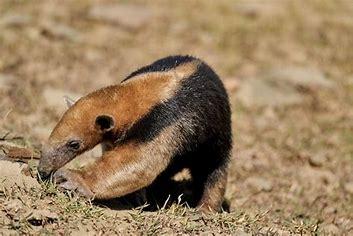
QUESTIONS
GO to COMMENTS
Comments
1.
1.
The Southern Tamandua, or Lesser anteater are a medium-sized anteater, native to South America, and the island of Trinidad in the Caribbean. The Lesser anteater is the most widespread of all its order. With claws much like a sloth and a prehensile tail, it's well suited to the trees, but also spends time on the ground and in burrows. It occupies a vast and diverse range of habitats and makes sure to get a balanced diet of insects. The lesser anteater is mainly nocturnal but is sometimes active during the day. They spend a lot of their day foraging in the trees, and will nest in hollow tree trunks, or take burrows of other animals like armadillos. Are you familiar with these anteaters?

Yes
18%
387 votes
No
82%
1813 votes
2.
2.
The tailless whip scorpion may look like the stuff of nightmares, but its appearance belies the fact that it is relatively harmless to humans, having neither a stinger nor venomous jaws. The tailless whip scorpion often called 'whip spiders' resemble a cross between a crab, spider and a scorpion, but despite their name, they are not a scorpion. They are an amblypygid (pronounced 'Am-bly-pi-jid), an ancient order of arachnid, which means 'blunt tail' – referring to the insects' lack of a flagellum, or tail, seen on insects, such as the scorpion. They inhabit hot, tropical and subtropical areas in several parts of the world: including the Americas, parts of Africa and Asia. Have you ever seen a tailless whip scorpion?
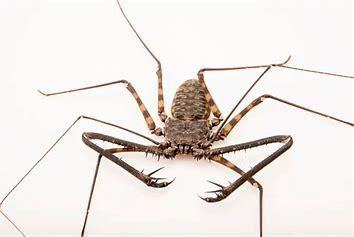
Yes
7%
144 votes
No
93%
2056 votes
3.
3.
The Thorny Devil is a small Australian lizard that typically inhabits the arid scrub land and desert that covers the majority of central Australia. The top of their body is covered in spikes and scales, which help it defend from predators. It also has a spiny 'false head' on the back of its neck, which it presents to predators while hiding its real head. The average lizard will grow to between 5.9 and 8-inches in length. It can weigh between 2.5 and 3.4-ounces. The average thorny devil will live between 12 and 20 years. The diet of the thorny devil is primarily ants. Estimates say that a few thousand ants will be devoured by the lizard on a daily basis. Before this survey, were you clued in about thorny Devils?
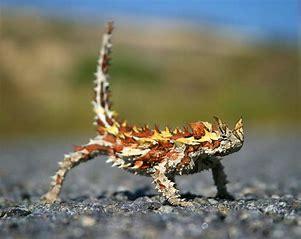
Yes
15%
330 votes
No
85%
1870 votes
4.
4.
The oddly named tasselled wobbegong is a flat, seafloor-dwelling shark that effortlessly blends into its surroundings on coral reefs, waiting for unsuspecting prey to swim by. Tasselled wobbegongs get their name from Australian Aboriginal language. The name is believed to mean either "shaggy beard" or "living rock." They inhabit the ocean floor and offshore reefs in the Western Pacific, typically near Eastern Indonesia, New Guinea, and Northern Australia. They are also often spotted by divers in the Great Barrier Reef. Considered small-to-medium sized compared to other sharks, these masters of camouflage spend much of their time sitting motionless on the seafloor. Were you familiar with tasselled wobbegong before this poll?
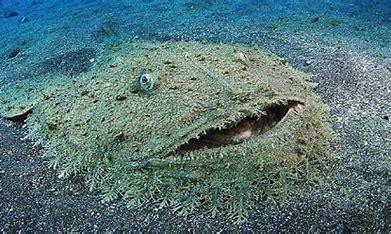
Of course, I've seen them diving in Australia
3%
56 votes
Yes
9%
198 votes
No
88%
1946 votes
5.
5.
Mollusks are a strange bunch. They come in a range of shapes and sizes and various levels of lethality. Most of the dangerous ones are cephalopods, like the blue-ringed octopus, or the devil squid, but conus textile, or the textile cone snail may have the most potent venom known to science. They inhabit coral reefs, mostly in the Indian Ocean, as well as East Africa, The Red Sea and around Australia and New Zealand. They're armed with a dexterous harpoon containing a fascinating combination of venoms, that can and has killed people. Were you in the know about the textile cone snail?
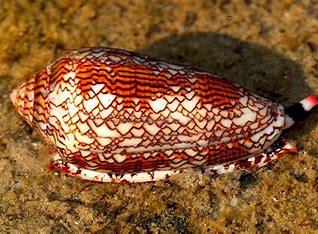
Yes
9%
191 votes
No
91%
2009 votes
COMMENTS


